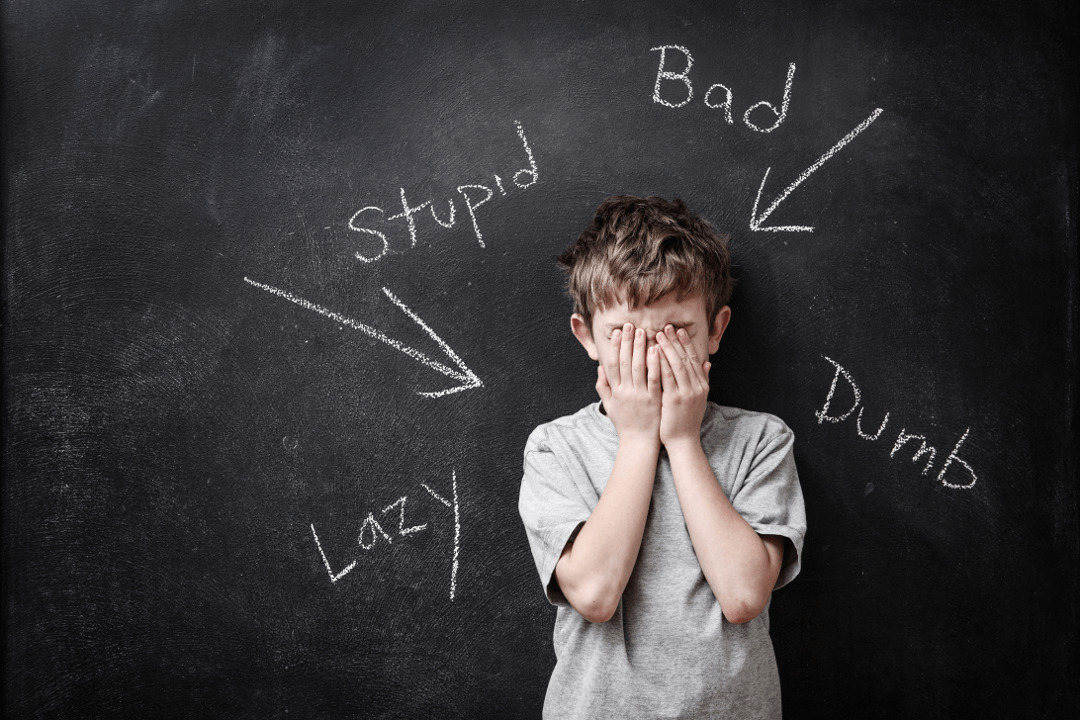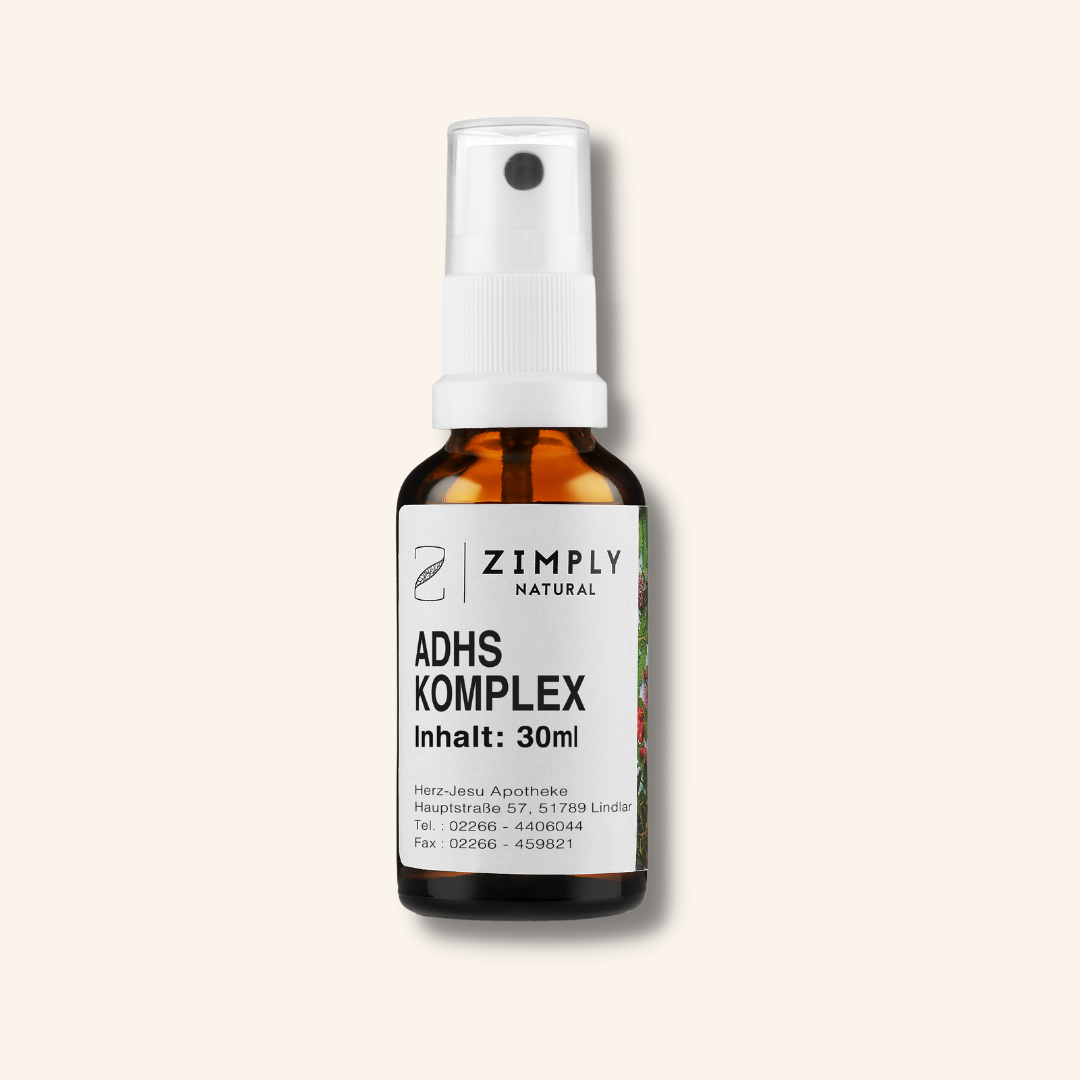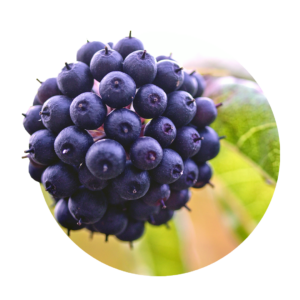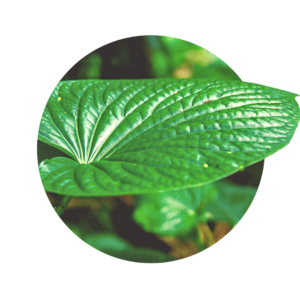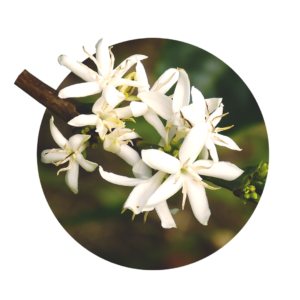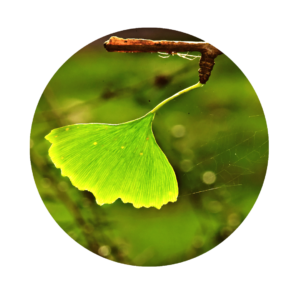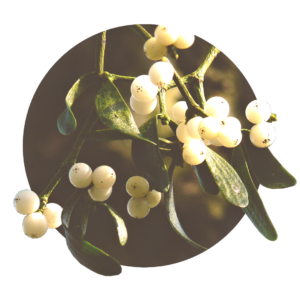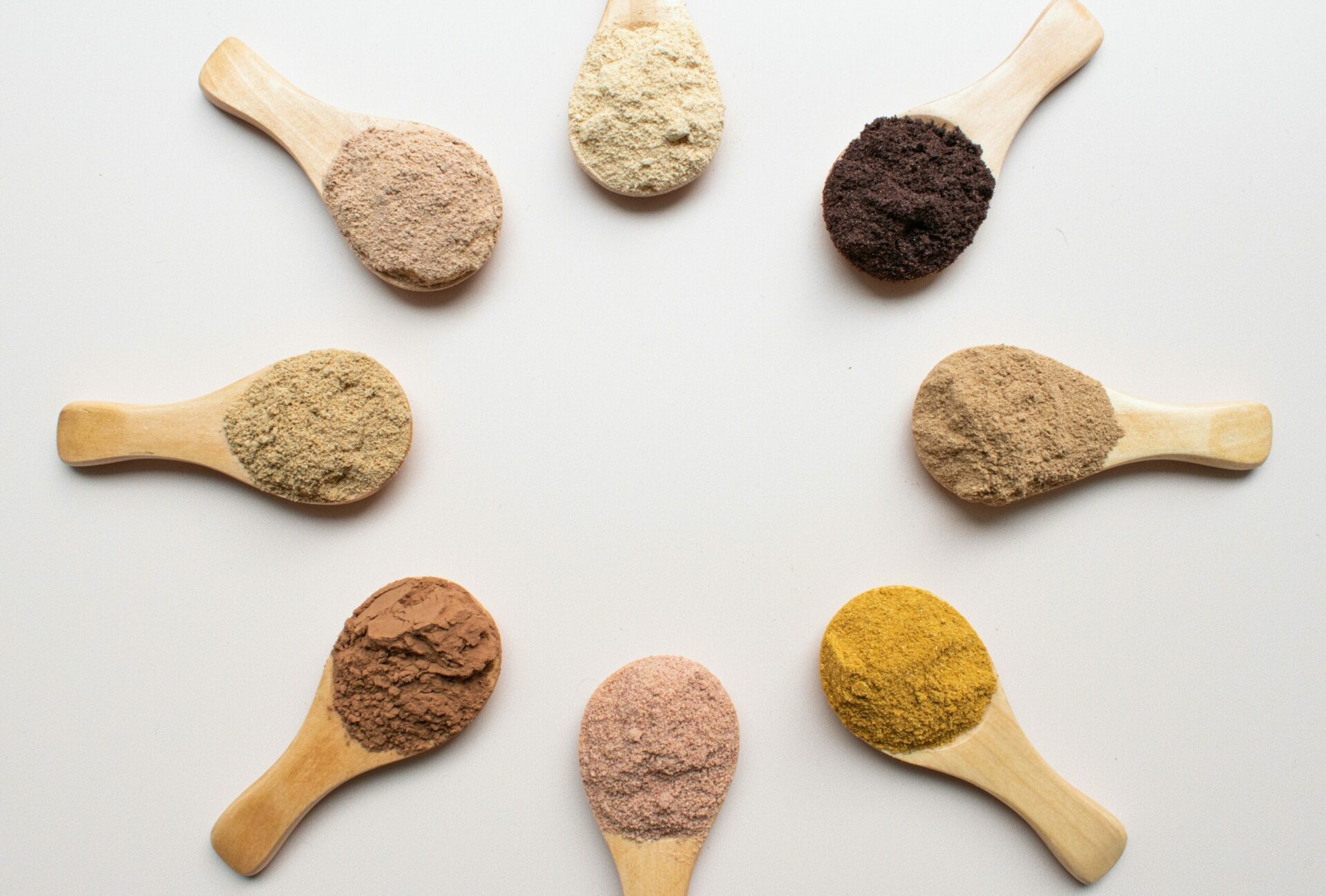At a time like ours, when the issues of mental health and mental illness are gaining more and more importance and recognition, disorders like ADHD are also coming more and more to the fore. The multifaceted symptoms of ADHD often lead to those affected simply being labeled as too lazy or stupid, but for the most part they are not properly supported. Many affected people as well as parents surely know the problem: the concentration at school is missing and the easiest way to get better would be medication. Those who do not want that, rather look for natural methods and if you belong to it, then you are quite right here.
With natural methods, such as the individual spagyric mixtures from Zimply Natural, complaints can be treated and sustainably alleviated.
Table of contents
- What actually is ADHD?
- Causes and origin of ADHD
- The most important thing about the symptoms
- How is the ADHD diagnosis made?
- Tips for ADHD in everyday life
- What role does the family play?
- These medicinal plants can help you manage your ADHD
- Zimply Natural: Your natural help for ADHD
- FAQ: Questions and answers about ADHD
What actually is ADHD?
As a child, one or the other has certainly been called a fidgeter, but what few know is that this is the colloquial term for ADHD. Currently, it is assumed that up to 2-6 % of all children and adolescents suffer from ADHD, and the trend is rising. To briefly review the definition of ADHD, Attention Deficit Hyperactivity Disorder can occur in all age groups and includes many symptoms. Sufferers can be very hyperactive and inattentive, making it difficult for them to find peace and quiet or concentrate well. They can also be very impulsive and so tend to act rashly. But what do you do once you have been diagnosed? What alternative treatments are available if you don't want to resort to chemical medications? In this blog post, we'll tell you the best tips and natural remedies that can help you or your child on the road to dealing with ADHD.
That identical twins are both affected by ADHD in about 60-80% of cases?
Fraternal twins only have ADHD at the same time in about 35 % of cases
Causes and origin of ADHD
We would like to tell you why ADHD exists in the first place, but unfortunately the causes are not completely clear. What is known for sure is that genetics play a role. In addition, all influences that happen before, during and after birth are also significant, because these can influence the development of the brain. Here, for example, premature births, birth complications belong to it, harmful is also Smoking and the use of drugs during pregnancy. Researchers have found that such things can cause changes in brain regions that are especially important for attention and behavior control. It is also known that in ADHD, the balance of certain neurotransmitters in the brain, especially dopamine and norepinephrine, is altered. This means that these two neurotransmitters in particular are not available in sufficient quantities and thus signals cannot be transmitted entirely without interference.
The most important thing about the symptoms
The most common signs of ADHD
As you have read before, the best known and most common symptoms of ADHD are inattention, hyperactivity and impulsivity. That is, your child is easily distracted and has difficulty concentrating, which is also accompanied by physical restlessness and fidgeting. In addition, acting quickly and making rash decisions can lead to an increased risk of injury and accidents. There are also other effects of the disorder, which of course do not apply to everyone, but can occur. People with ADHD can have major time management problems, suffering from what is called "time blindness." Here, they have a hard time estimating time correctly or keeping track of it. Another problem is overstimulation, as this can also occur frequently in everyday life. It is triggered, for example, by sensory stimuli such as light, sounds or smells. Now you may wonder if these problems will eventually go away or become easier for your child.
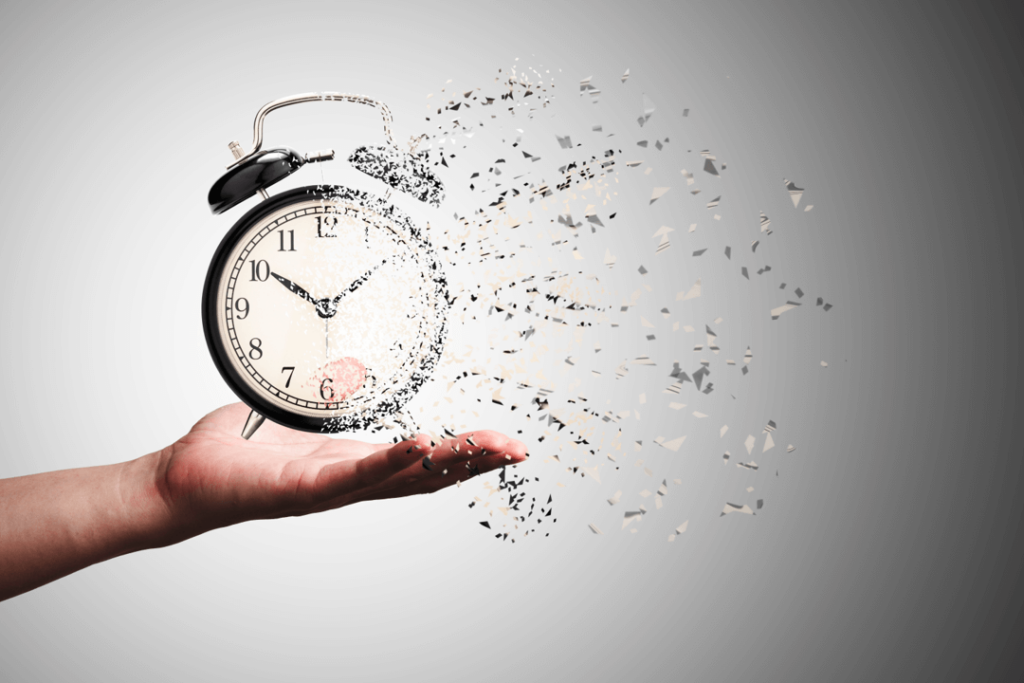
How do symptoms differ in different age groups?
ADHD can manifest differently at each age: while symptoms such as attention problems, hyperactivity, and impulsivity are more common in childhood, difficulties with organization and time management are more likely to occur in adulthood. The characteristics of ADHD also often change over time; for example, children and adolescents with the problems just mentioned may lose their hyperactivity, while their attention and impulsivity symptoms increase. At a young age, children may have trouble making friends or having general social interactions. This can continue well into old age. For adults, the consequences may include multiple career changes and deficits in social contacts.
What could be the possible consequences for everyday life?
Everyday life alone can be challenging if you suffer from ADHD. One of the biggest problems may be difficulty concentrating. Long and complicated tasks can often cause problems for your child, and while this can be limited at a young age, it can cause problems at work as an adult. It can happen that the routine of the job is too stressful and suddenly you are looking for another, much more exciting job. In addition, the difficulty in concentrating may cause you to miss signals on an interpersonal level. This could then lead to problems in communicating with others.
That studies have shown that children with ADHD are more likely to have pets?
It is assumed that responsibility for an animal can have a positive effect on self-regulation.
How is the ADHD diagnosis made?
If you are told by teachers or educators that your child is inattentive and has concentration problems, one of the first thoughts may be ADHD. But how does an ADHD diagnosis work and is it really meaningful? At the beginning of the examination, the doctor will talk to you and your child and tell you why you are there. This is followed by a physical examination to rule out other causes for the symptoms. Sometimes you will also be given questionnaires or other tests, or other people from your child's environment will be interviewed. This helps to include behavior at school or kindergarten. For a true diagnosis, certain criteria must be met, and there is a set guideline for these that the doctor can use as a guide. These also include the overriding themes of inattention, hyperactivity and impulsivity.
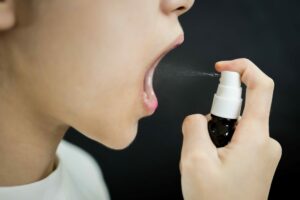
The application of your ADHD Sprays is, by the way, very simple: The spray is simply sprayed into the mouth according to the dosage instructions given on the vial. In order to achieve the best possible effect and to be able to optimally counteract the causes, we recommend use over a longer period of six to eight weeks. As a kind of cure, you spray 3×3 sprays daily.
Tips for ADHD in everyday life
Organization is the key
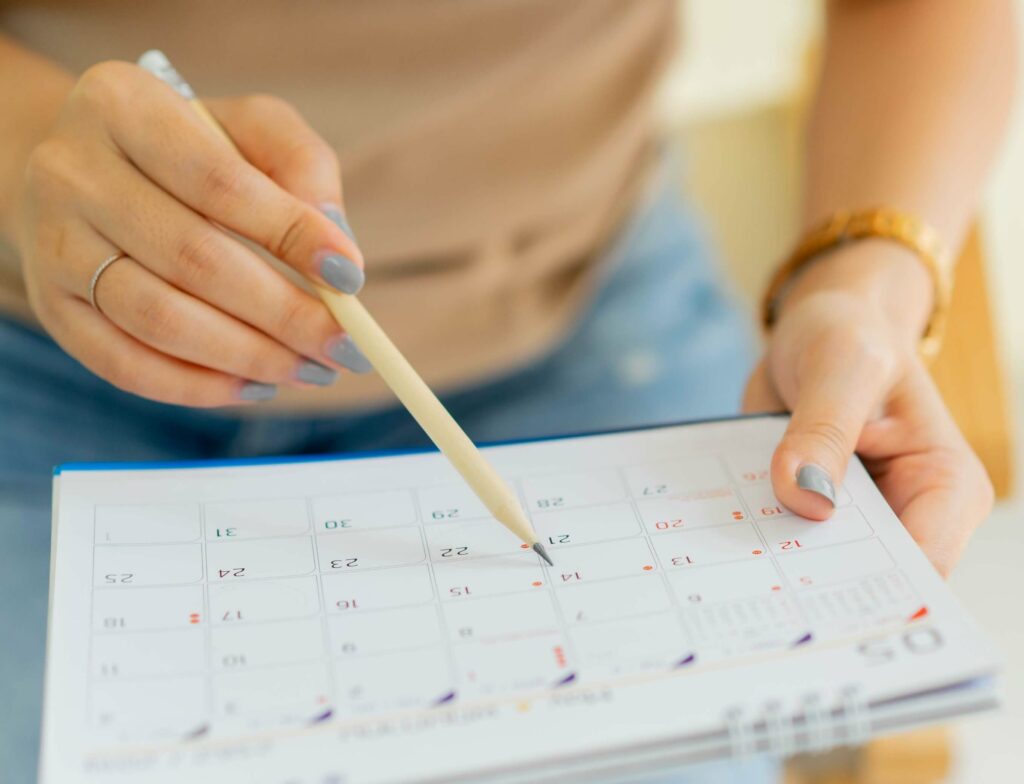
Get up, get dressed, breakfast, school, homework, hobby, watch TV/read, sleep. This would be an example of an orderly daily routine. Children with ADHD can find it very difficult to keep a clear head, so a regular day and good organization is very important. This way, your child will always know when things are coming up and when they have time for other things. Calendars or to-do lists are also great ways to give your child a solid structure. In addition, you should make sure that tasks or activities are clearly stated, because statements that are not precisely formulated often make it difficult to process information.
Mindfulness training can really help
Mindfulness training and meditation are methods that have often proven effective and may also help your child. As you can probably already imagine: Mindfulness helps you to be mindful, that is, to focus on the present moment. This is of course beneficial for children with concentration problems. Such trainings can also help children in their emotion regulation, as they can improve their Emotions and learn how not to be overwhelmed by them. Impulse control can also improve as your child may simply pause before making a decision and think about whether that action is good or not.
Why movement is so important
In addition to well-deserved breaks, exercise is just as important a tool for children and teens with ADHD. While small breaks are relaxing and allow them to wind down, they are often very difficult to sustain because children's urge to move becomes prevalent. The best thing you can do about this is to give your child enough opportunities to move. Soccer, horseback riding, jogging, swimming - there's something for everyone, and sometimes a short period of exercise in which your child does jumping jacks or runs around in circles can help. Maybe you will find a new hobby here!
That there is some evidence that people with ADHD are often more creative?
Some famous artists, writers and innovators have had or have ADHD.
What role does the family play?
Everything can get too stressful and that's why it's all the more important to give children a Retreat to give when things get too much. The family plays an important role here, because acceptance and understanding are basic needs that must be met in order to create a safe space. Also, it can be very supportive for your child to know that the family is behind him/her and supportive. All of this together builds confidence and promotes healthy self-esteem. The structured and orderly daily routine we described above can also be supported by all family members. This optimizes the whole thing even more! Lots of exercise can of course also be supported by grandma and grandpa, whether through walks or the occasional swim.

These medicinal plants can help manage your ADHD
Your Zimply Natural blend for treating ADHD will help you naturally balance your body, mind and spirit.
Our metabolism stimulation blend contains:
For strength and stamina: When there is no more energy and the exhaustion is too great, you can no longer concentrate. The Taiga root promotes regeneration and restores strength so that you can concentrate and work mentally again.
For inner peace: Piper methysticum is known for its strong antianxiety and sedative effects. Its effect on the body has been compared to that of benzodiazepines, but it does not cause any greater side effects than some other drugs when taken in the short term. Of all the herbs, kava kava has a particularly impressive anxiety-relieving effect - both mental and physical muscle tension can be relieved after ingestion! In addition, this natural remedy also has an energizing effect due to its stimulating properties - an important benefit that is often overlooked when treating anxiety.
Against nervousness: The mind is wide awake, one is sensitive to stimuli and actually hardly tolerates stimuli. With this condition has Coffea spagyrically prepared very proven, as it and paradoxically reduces these symptoms and produces the opposite. The nervousness goes down, the heart calms down and the cold sweatiness subsides.
For concentration: an effect of the Ginkgos is said to be that it influences gene expression. This has a direct effect on the blood circulation and the blood flow in the area of the micro-vessels is improved and thus directly the oxygen supply of the cells.
For resilience: The Mistletoe can lead to an increase in body temperature and leukocytes, i.e. white blood cells. These represent the non-specific defense, which acts in the body against infections and also cancers.
That first-degree relatives (father, mother, children) are three to five times more likely to also have ADHD
Zimply Natural: The natural help for ADHD
With Zimply Natural, we are the antidote to painkillers, sleeping pills, and standard medications. We are your medicine! For our mixtures we use the centuries-old natural healing process of spaygrik back. The Spagyric combines the herbal active ingredients and phytotherapeutic elements of the HealingplantsThe mineral salt qualities, as well as the subtle information of the medicinal plants and the energetic potential of the Bach flowers.
With natural methods, such as the individual spagyric mixtures from Zimply Natural, your complaints can be relieved naturally and sustainably.
FAQ: Questions and answers about ADHD
Are there different types of ADHD?
Yes, there are actually different types of Attention Deficit Hypersensitivity Disorder. These are the three main types: predominantly inattentive, predominantly hyperactive-impulsive, and a combination of both. The first type is easily distracted, has trouble concentrating for long periods of time, and likes to be called a "dreamer," while the second type is very hyperactive, restless, and has not-so-good impulse control. The third type describes a combination of the first two, meaning that affected individuals can exhibit symptoms of impulsivity and hyperactivity as well as inattention.
What concomitant disorders of ADHD are known?
The accompanying disorders of ADHD can be very diverse. Due to the constant stream of thoughts and the concentration problems, excessive worry can occur, which can turn into a Anxiety disorder or depression can degenerate. In addition, even though ADHD is not a learning disorder, a learning difficulty may occur due to difficulties in the area of information processing. Sleep disorders can also arise because the stream of thoughts simply does not want to find an end and it is very difficult to come to rest. Those affected naturally know that they have ADHD even after a diagnosis and often look for ways to cope with the symptoms. Here they often resort to means of self-medication, which can mean an increased risk of addictive behavior.
Is ADHD curable?
No, unfortunately ADHD is not curable. The neurological disorder is often discovered late, but is usually very treatable. With the appropriate therapy, the symptoms can reduce or change over time, but they usually do not disappear completely. About 50 to 80 out of 100 children and adolescents still have to deal with ADHD as adults.


